Home>Storage & Organization>Closet & Wardrobe Organization>How To Organize Clothes Without A Dresser Or Closet
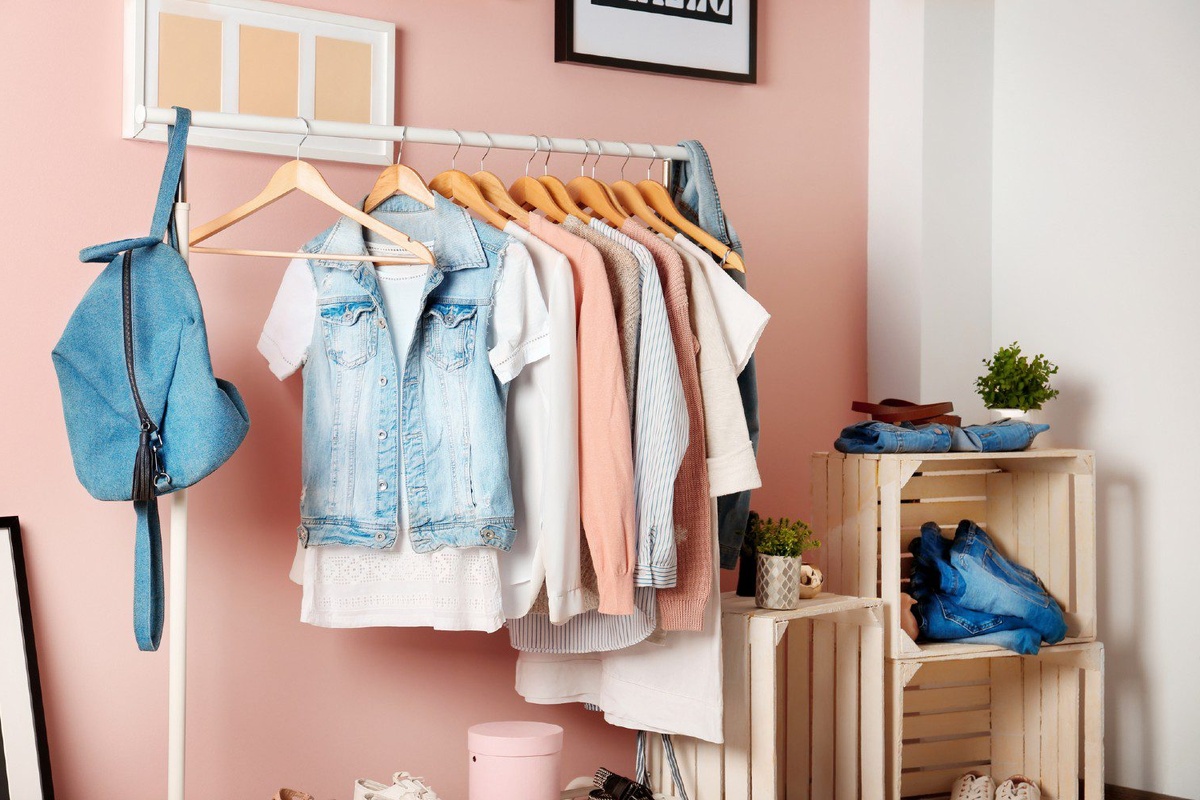

Closet & Wardrobe Organization
How To Organize Clothes Without A Dresser Or Closet
Published: March 3, 2024
Learn creative ways to organize your clothes without a dresser or closet. Get expert tips for efficient closet and wardrobe organization.
(Many of the links in this article redirect to a specific reviewed product. Your purchase of these products through affiliate links helps to generate commission for Storables.com, at no extra cost. Learn more)
Utilizing Underbed Storage
Utilizing underbed storage is a clever way to maximize space and keep your clothes organized without the need for a dresser or closet. Here are some tips for making the most of this often underutilized space:
-
Use Underbed Storage Bins: Invest in some underbed storage bins or boxes that can easily slide in and out from under your bed. These bins are perfect for storing off-season clothes, extra linens, or items that you don't need to access frequently.
-
Vacuum Seal Bags: Vacuum seal bags are a game-changer when it comes to maximizing underbed storage. These bags compress clothing and bedding, reducing the amount of space they take up. Once sealed, you can slide them under the bed and forget about them until you need them.
-
Bed Risers: If your bed frame allows, consider using bed risers to lift your bed higher off the ground. This creates more vertical space under the bed, allowing for larger storage bins or taller items to be stored.
-
Rolling Drawers: Another option is to use rolling drawers specifically designed to fit under the bed. These drawers provide easy access to your clothes and can be a convenient solution for keeping your items organized.
By utilizing underbed storage, you can free up space in your room and keep your clothes neatly stored and easily accessible.
Key Takeaways:
- Maximize space by using underbed storage with bins, vacuum seal bags, bed risers, and rolling drawers. This keeps off-season clothes and linens neatly tucked away and easily accessible.
- Transform your room by hanging clothes on sturdy wall hooks, arranging by category, utilizing vertical space, creating visual displays, and choosing decorative hooks. This adds a functional and decorative touch to your space.
Hanging Clothes on Wall Hooks
Hanging clothes on wall hooks is a creative and practical solution for organizing your wardrobe without a dresser or closet. Here's how you can make the most of wall hooks:
-
Use Sturdy Wall Hooks: Invest in sturdy wall hooks that can support the weight of your clothing items. Look for hooks that are designed for heavy-duty use and can be securely mounted to the wall.
-
Arrange by Category: Organize your clothes by category, such as jackets, scarves, hats, or even specific outfits. This not only keeps your space tidy but also makes it easier to find what you need.
-
Utilize Vertical Space: Install the wall hooks at different heights to maximize vertical space. This allows you to hang longer items like dresses or coats without them touching the floor.
-
Create a Visual Display: Get creative with the arrangement of your clothes on the wall hooks. You can create visually appealing displays by arranging items by color or creating patterns with different clothing pieces.
-
Consider Decorative Hooks: Choose decorative hooks that complement the style of your room. Whether it's sleek and modern or rustic and vintage, decorative hooks can add a touch of personality to your space.
By hanging clothes on wall hooks, you can transform your clothing into a functional and decorative display while keeping your room organized and clutter-free.
Using Freestanding Clothing Racks
Freestanding clothing racks are a versatile and stylish solution for organizing clothes without the need for a traditional dresser or closet. Here's how you can make the most of freestanding clothing racks:
-
Select the Right Rack: Choose a freestanding clothing rack that suits your space and storage needs. Consider the size of the rack, the material it's made of, and whether it has additional features like shelves or hanging bars.
-
Organize by Type: Use the different sections of the clothing rack to organize your clothes by type. You can hang dresses, shirts, pants, and even accessories like scarves and belts on the rack, making it easy to see and access your items.
-
Add Storage Baskets or Bins: If the freestanding rack has shelves or space at the bottom, consider adding storage baskets or bins to hold folded clothes, shoes, or other accessories. This maximizes the storage potential of the rack and keeps everything neatly contained.
-
Utilize Vertical Space: Freestanding clothing racks often have a vertical design, allowing you to hang longer items without them touching the floor. Take advantage of this feature to store coats, dresses, or other long garments.
-
Create a Stylish Display: Use the clothing rack as an opportunity to create a stylish display in your room. Arrange your clothes in a visually appealing way, mixing and matching different colors and textures to add a decorative touch to your space.
-
Consider a Rolling Rack: If you want the flexibility to move the clothing rack around, consider a freestanding rack with wheels. This allows you to easily reposition the rack or move it out of the way when needed.
By using a freestanding clothing rack, you can effectively organize your clothes while adding a stylish and functional element to your room.
Use hanging organizers, under-bed storage bins, and wall hooks to maximize space. Fold clothes neatly and group by type to keep things organized.
Rolling Clothes and Storing in Bins
Rolling clothes and storing them in bins is a space-saving and efficient way to keep your clothes organized without the need for a dresser or closet. Here's how you can effectively utilize this method:
-
Rolling Technique: Instead of folding your clothes in the traditional manner, try rolling them up. This not only saves space but also prevents creases and wrinkles in your clothing. Start by laying the garment flat and then tightly roll it from one end to the other.
-
Categorize by Type: Organize your rolled clothes by type or category. For example, you can have separate bins for t-shirts, jeans, sweaters, or workout clothes. This makes it easier to locate specific items when you need them.
-
Labeling: Consider labeling the bins to indicate the contents inside. This simple step can save you time and effort when searching for a specific item. You can use adhesive labels, chalkboard labels, or even colorful tags to make the bins easily identifiable.
-
Utilize Clear Bins: Opt for clear plastic bins or containers so that you can easily see the contents without having to open each bin. This transparency allows for quick and convenient access to your clothes.
-
Stacking and Nesting: Once your clothes are rolled and stored in bins, stack the bins on top of each other to maximize vertical space. If space is limited, consider nesting the bins inside one another when they are not in use.
-
Underbed Storage: If you have limited floor space, consider storing the rolled clothes in bins under your bed. Utilize the underbed space to keep your clothes neatly tucked away and out of sight.
By rolling clothes and storing them in bins, you can efficiently organize your wardrobe while saving space and maintaining easy access to your clothing items.
Creating a DIY Pegboard Wardrobe
Creating a DIY pegboard wardrobe is a versatile and customizable solution for organizing clothes without the need for a traditional dresser or closet. Here's how you can create your own pegboard wardrobe:
-
Gather Materials: Start by gathering the necessary materials, including a pegboard, screws, a drill, a saw (if you need to cut the pegboard to size), and any additional accessories such as hooks, shelves, or baskets.
-
Measure and Cut: Measure the space where you plan to install the pegboard wardrobe and cut the pegboard to fit the dimensions. If you prefer a specific shape or design, use a saw to cut the pegboard accordingly.
-
Mount the Pegboard: Use a drill to mount the pegboard onto the wall. Make sure it is securely attached and can support the weight of the items you plan to hang or store on it.
-
Add Accessories: Once the pegboard is in place, add accessories such as hooks, shelves, or baskets to customize the storage options. Hooks are perfect for hanging clothing items, while shelves and baskets can hold folded clothes, shoes, or accessories.
-
Organize by Category: Use the pegboard to organize your clothes by category or type. You can designate specific areas for shirts, pants, dresses, or even accessories like jewelry or hats. This makes it easy to locate and access your items.
-
Utilize Vertical Space: Take advantage of the vertical space on the pegboard by hanging longer items like dresses or coats. You can also use the space at the top to store items that are not frequently used.
-
Create a Stylish Display: Arrange your clothes and accessories on the pegboard in a visually appealing way. Mix and match different colors and textures to create a stylish and functional display in your room.
-
Personalize Your Pegboard: Get creative and personalize your pegboard wardrobe to reflect your style. You can paint the pegboard in a color that complements your room's decor or add decorative elements to enhance its visual appeal.
By creating a DIY pegboard wardrobe, you can effectively organize your clothes while adding a unique and customizable element to your room.
Frequently Asked Questions about How To Organize Clothes Without A Dresser Or Closet
Was this page helpful?
At Storables.com, we guarantee accurate and reliable information. Our content, validated by Expert Board Contributors, is crafted following stringent Editorial Policies. We're committed to providing you with well-researched, expert-backed insights for all your informational needs.
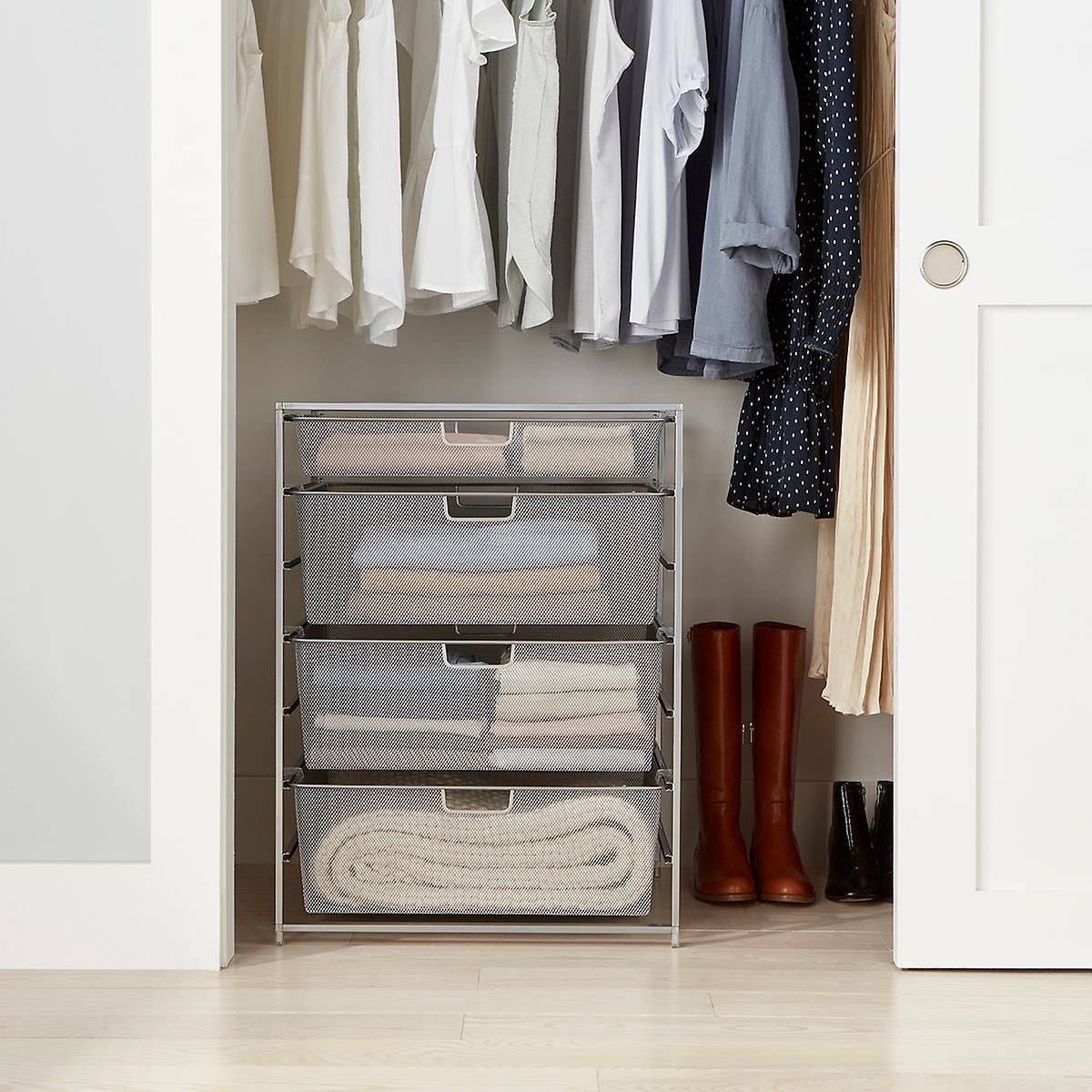
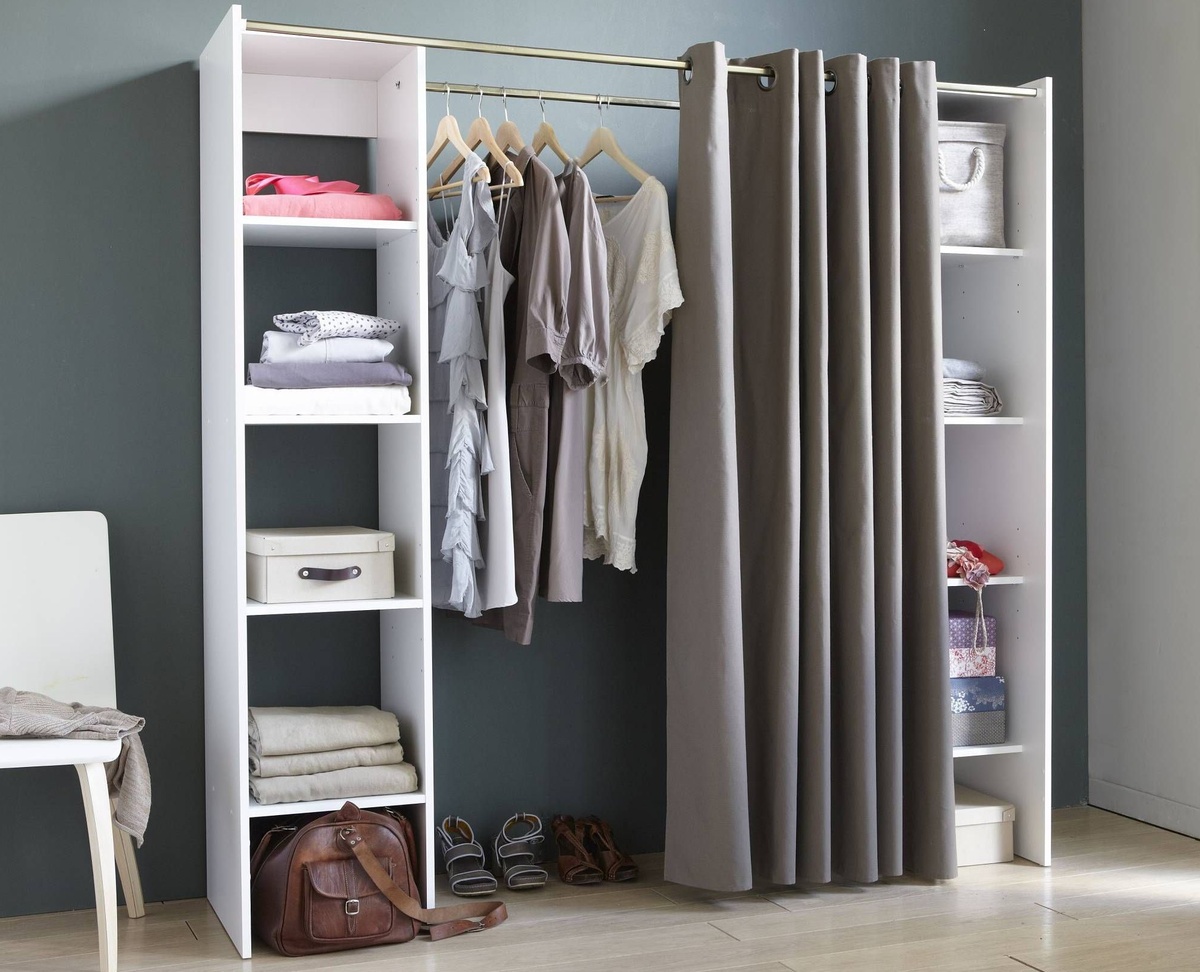
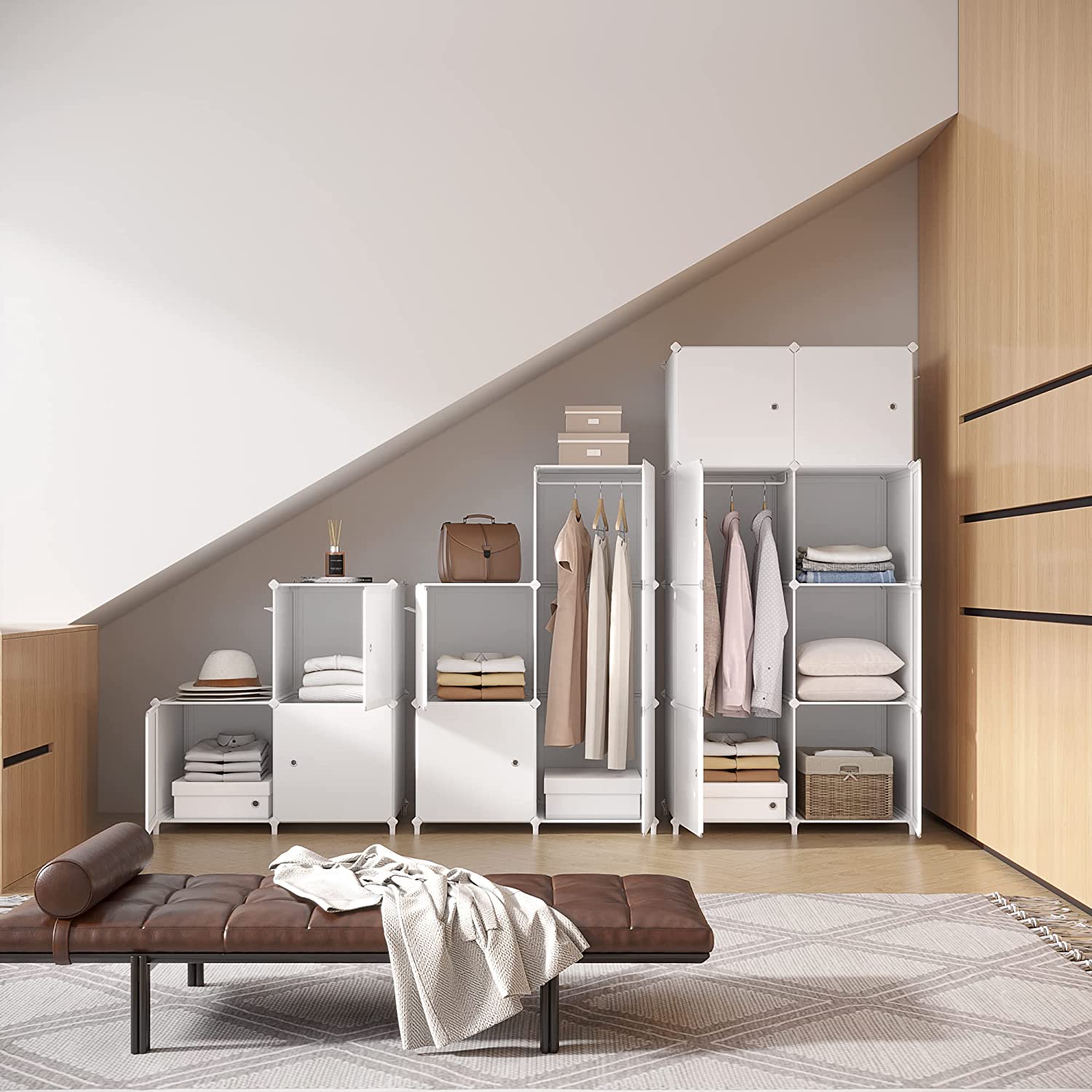
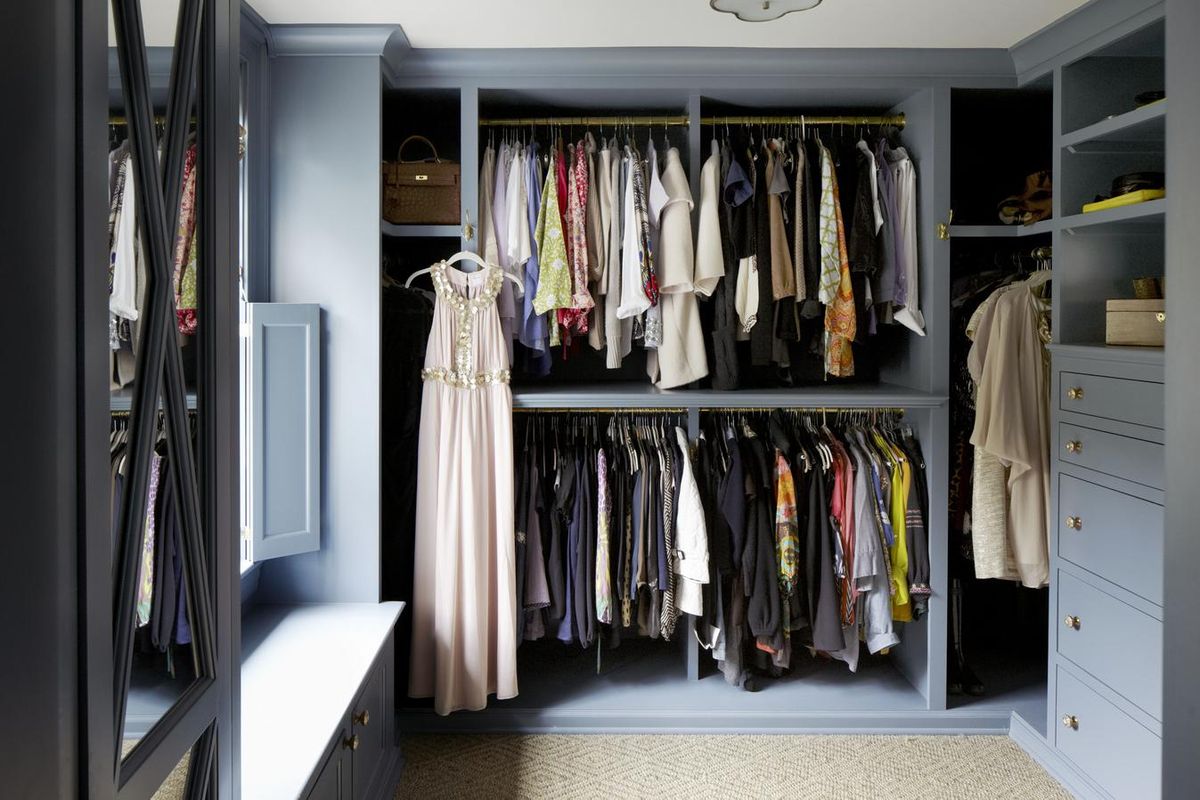
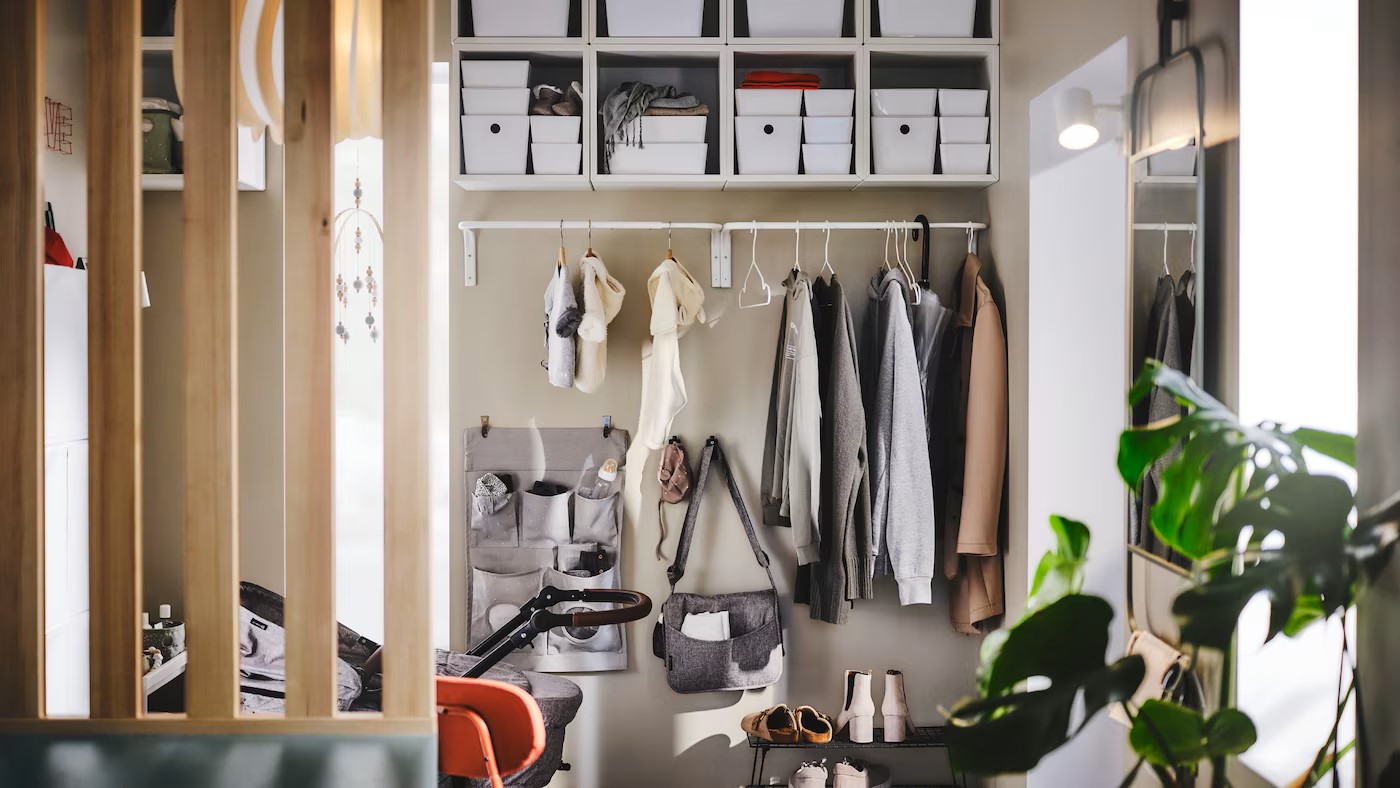
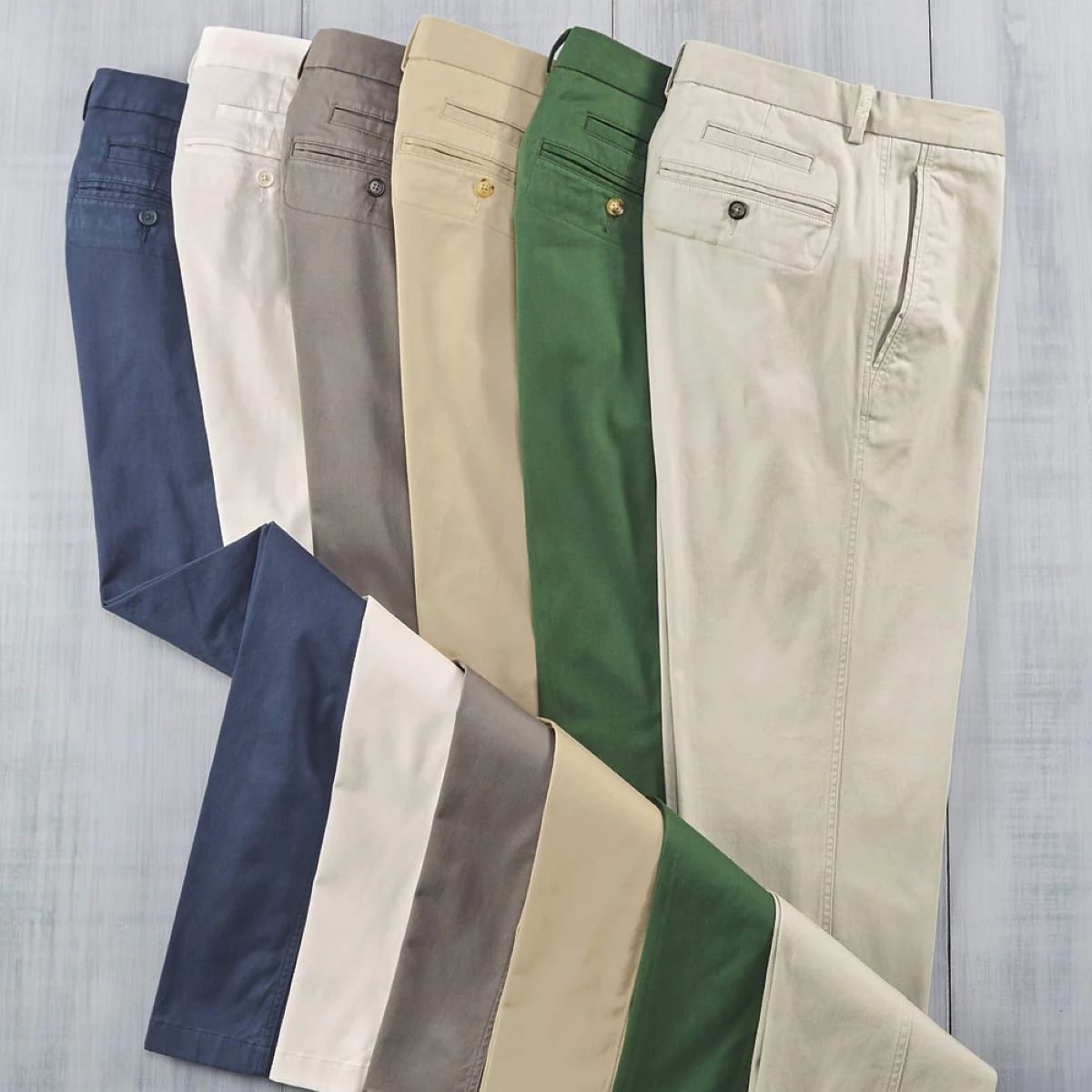
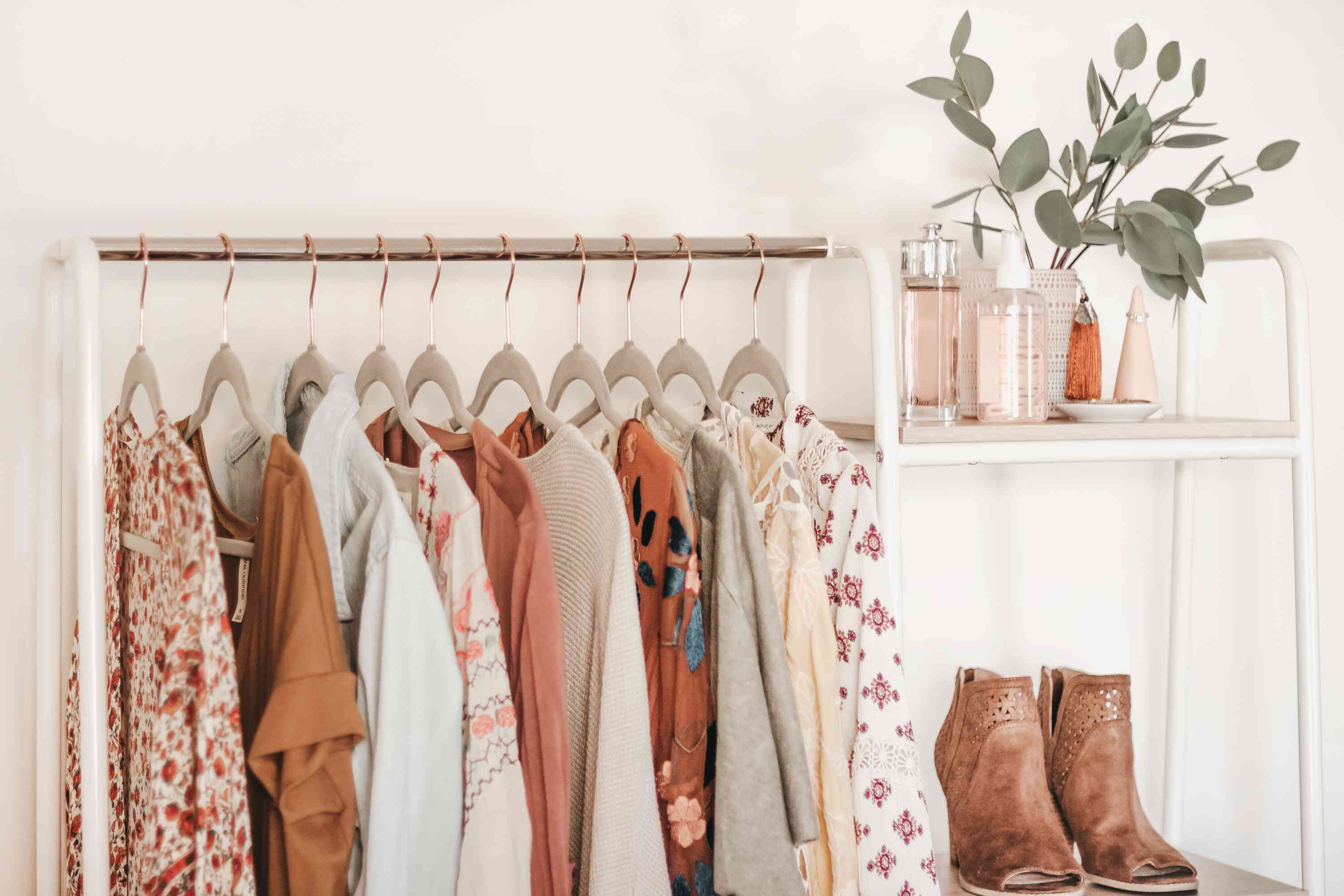
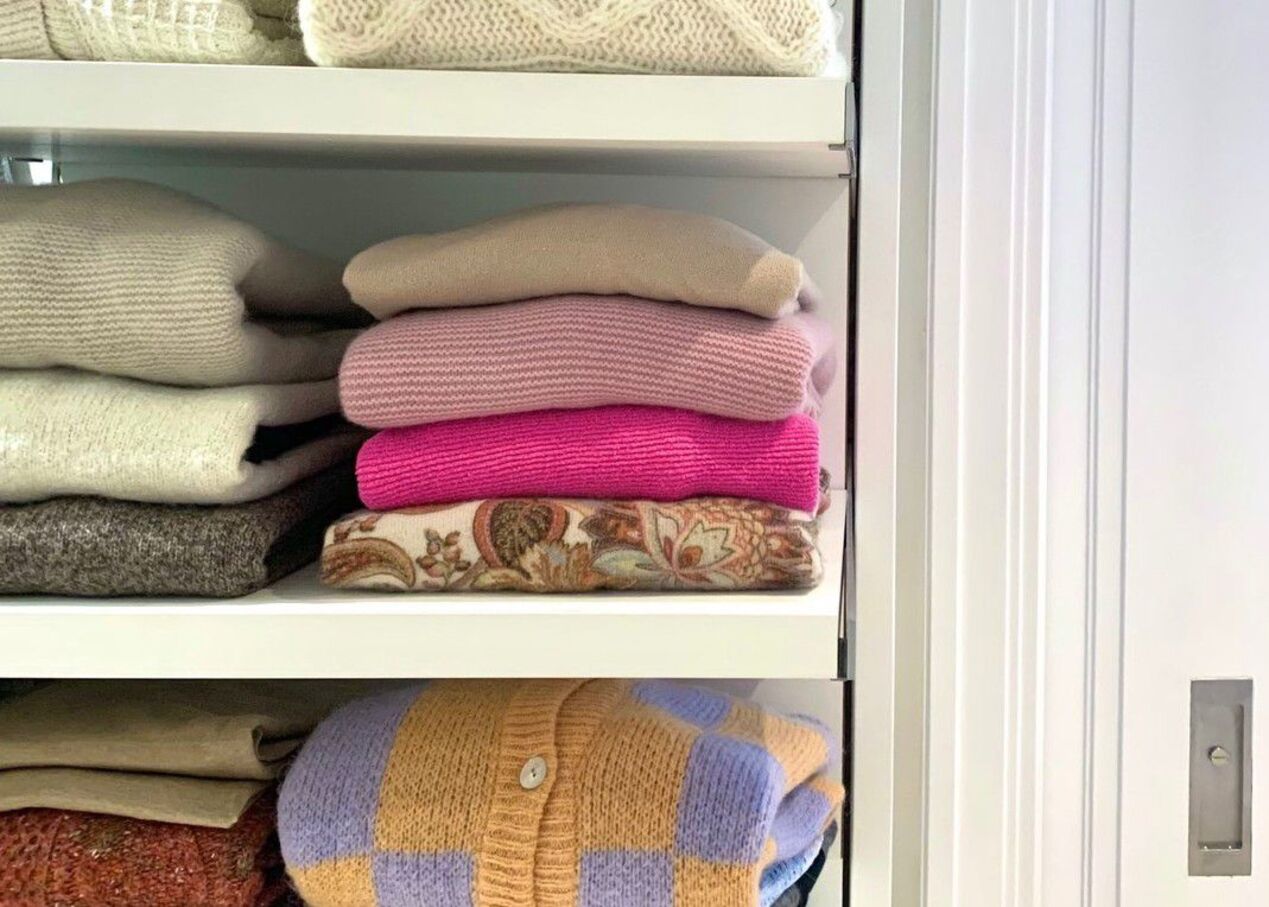
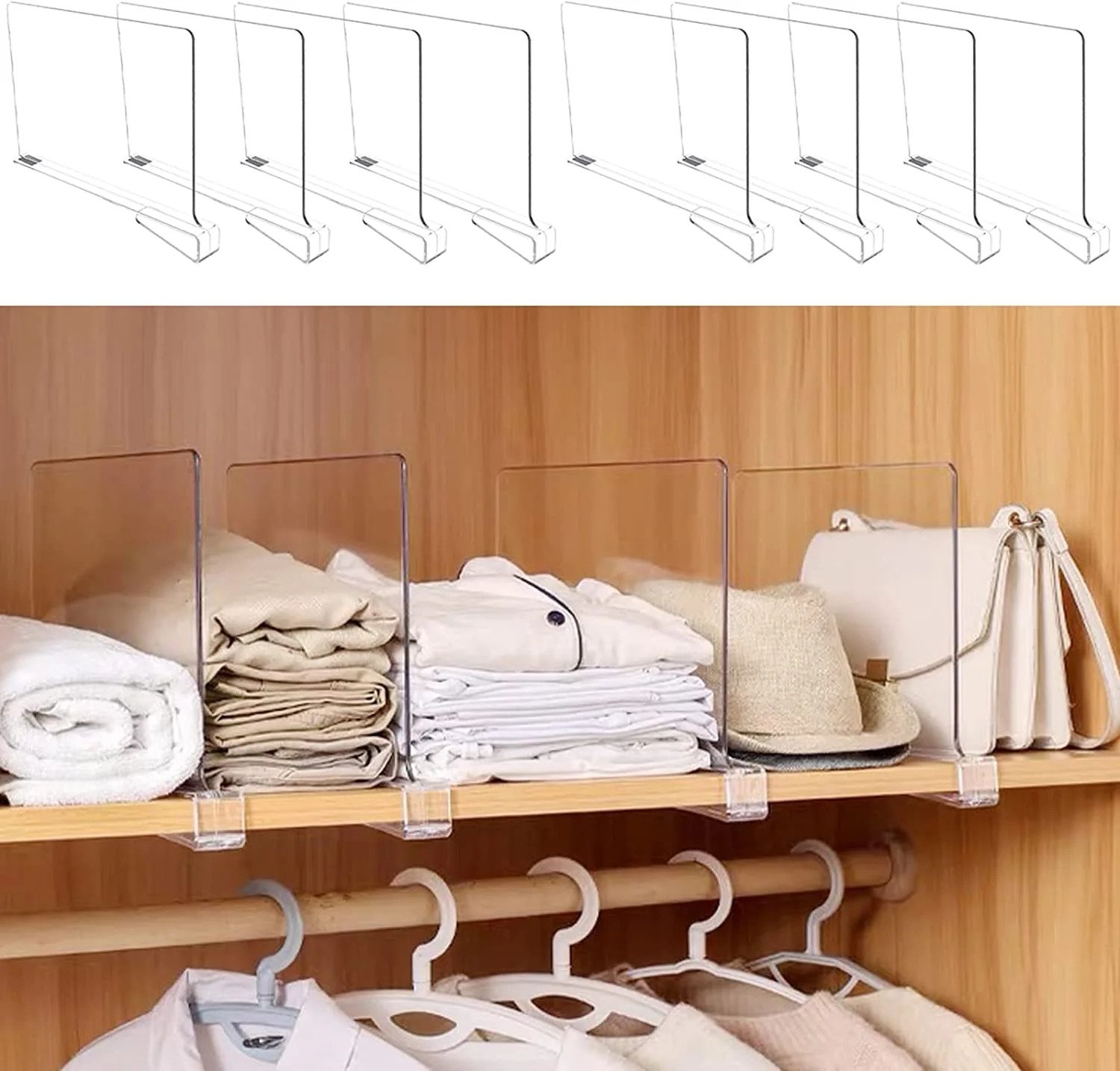
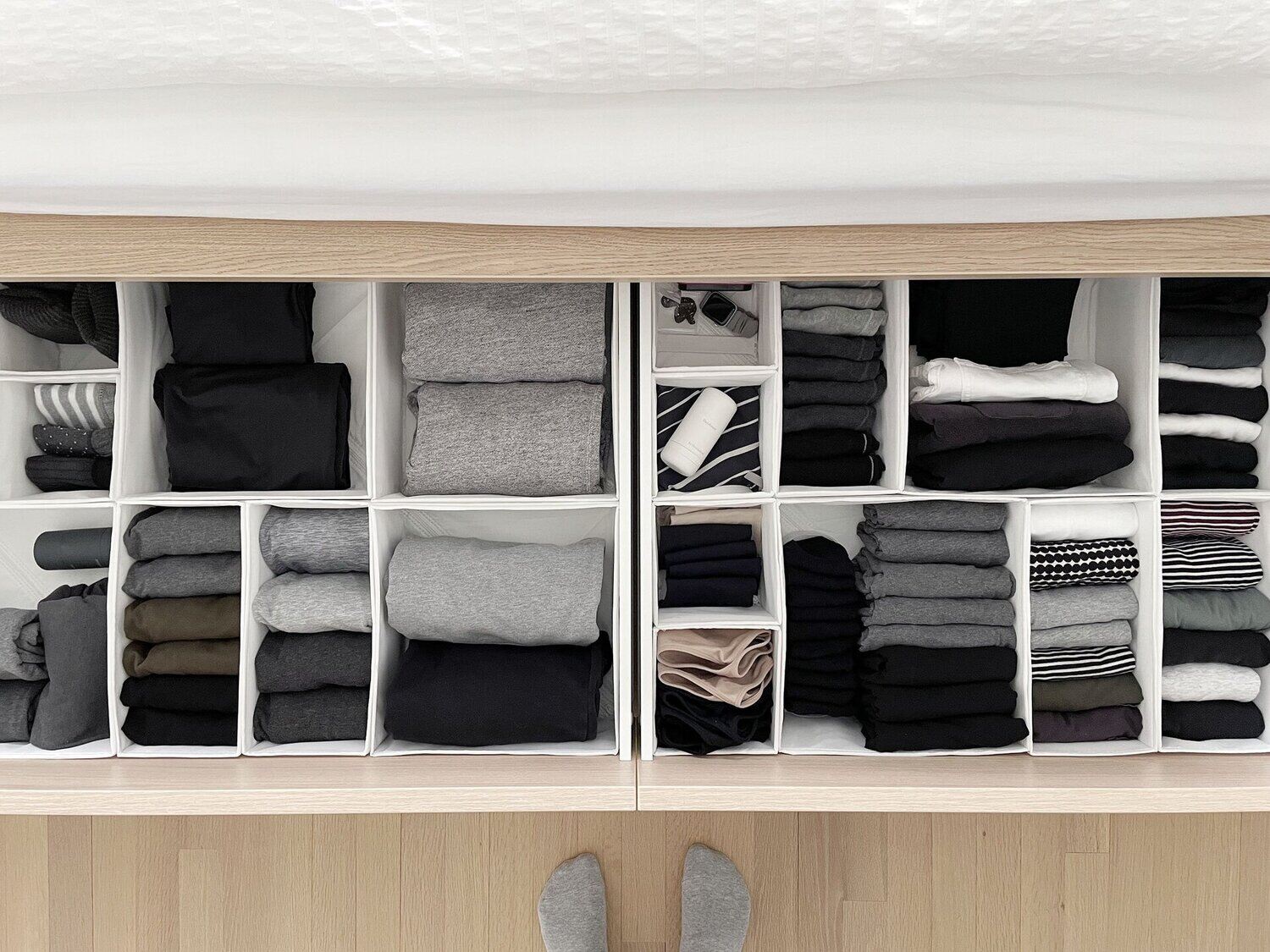
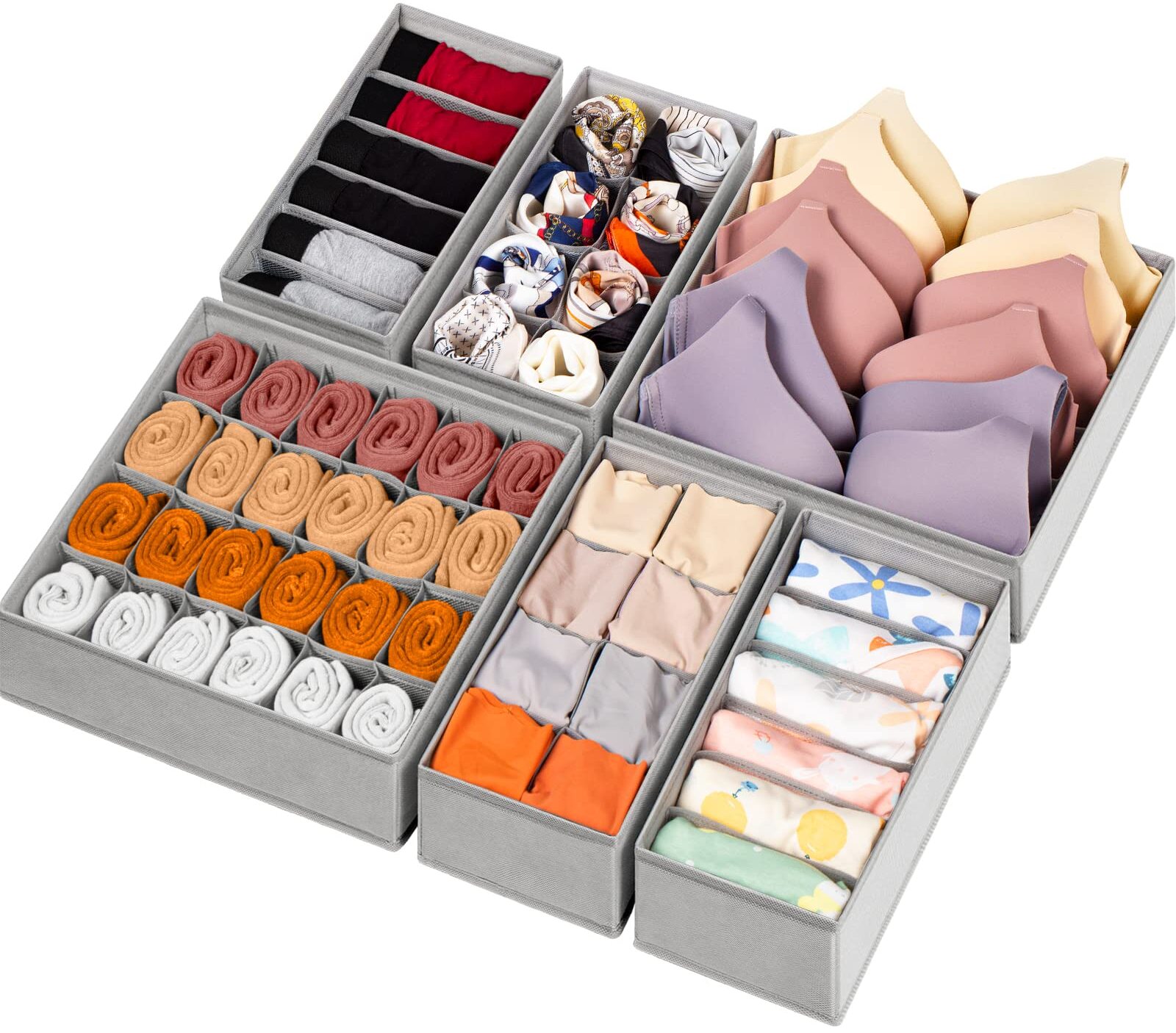
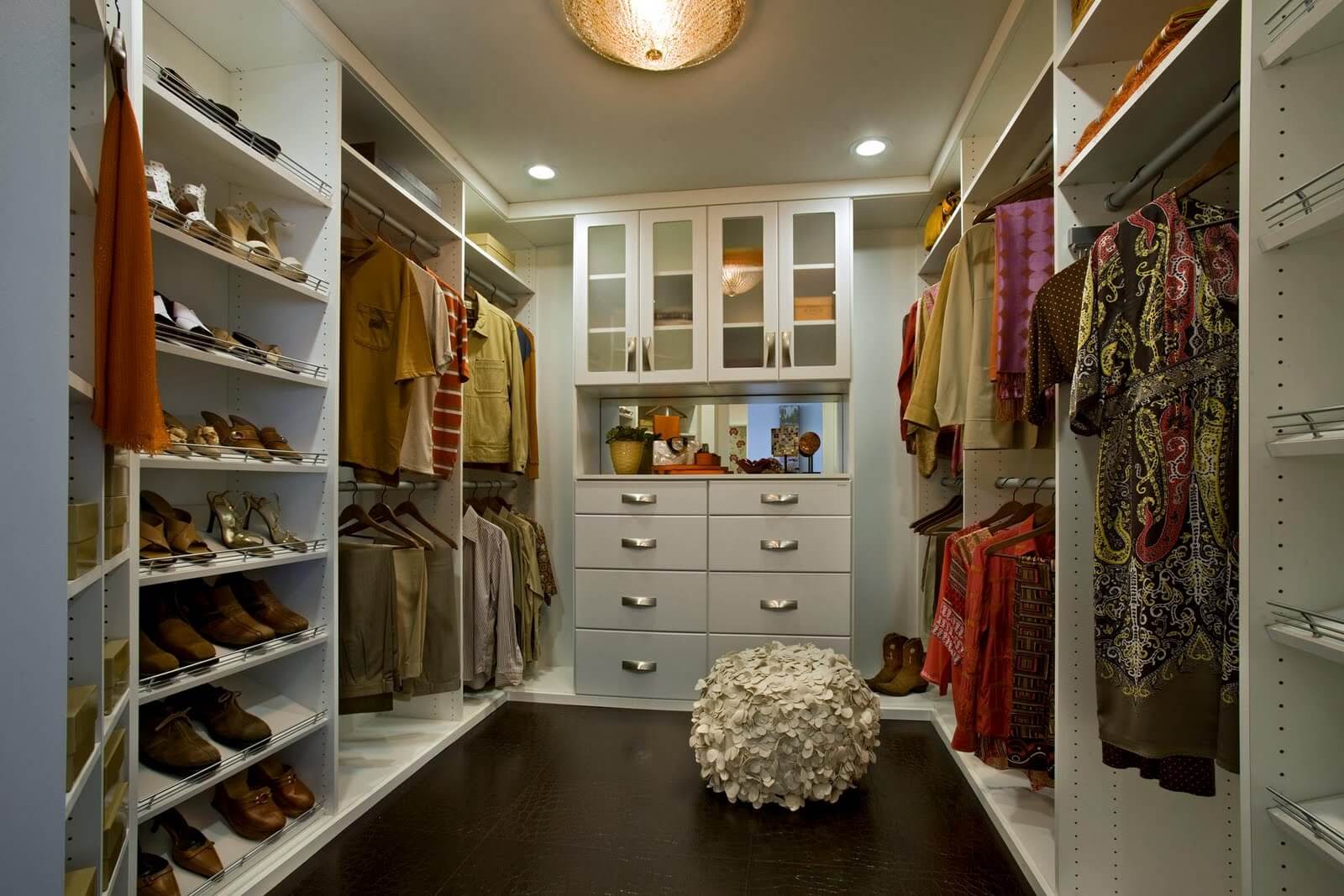
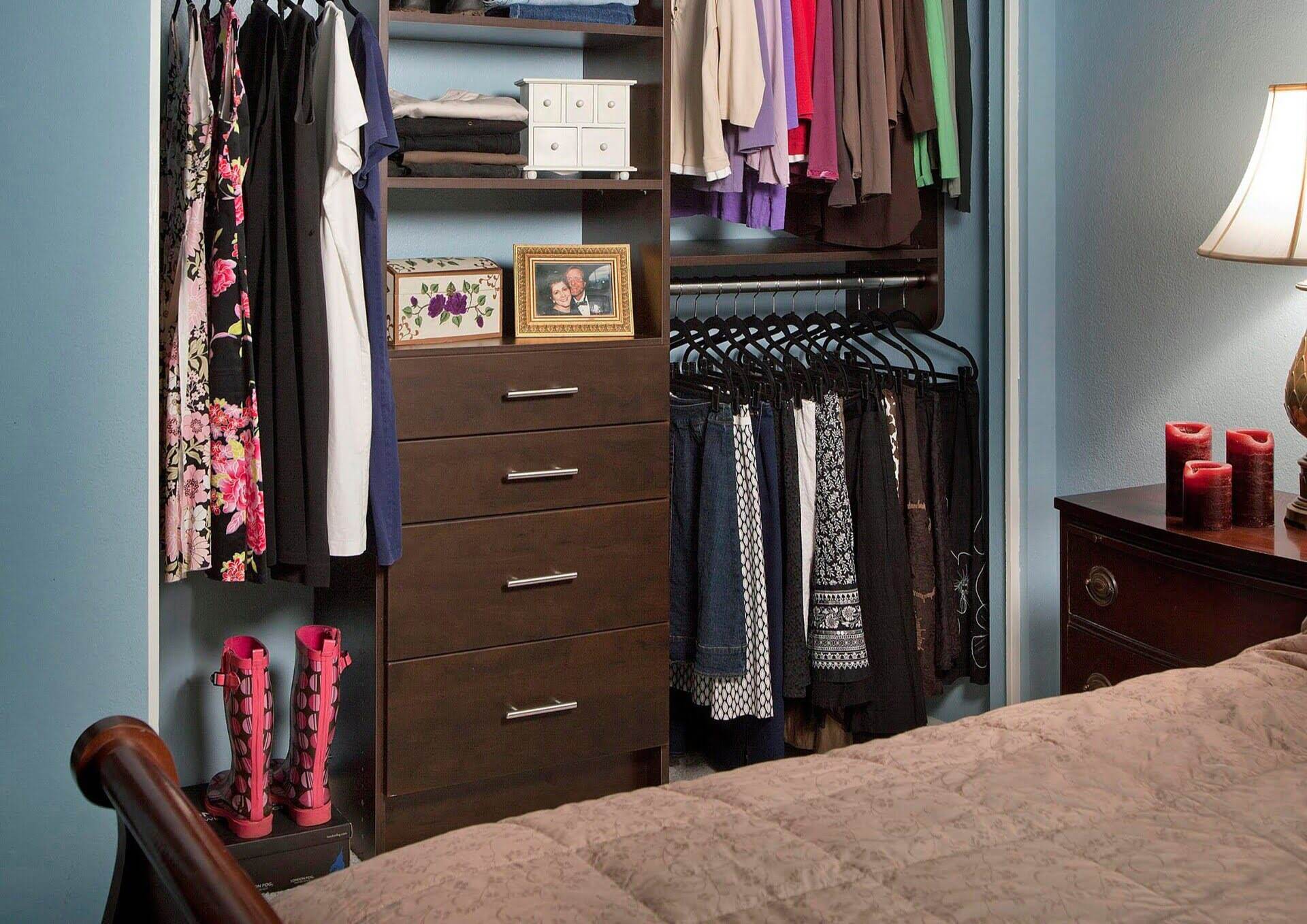
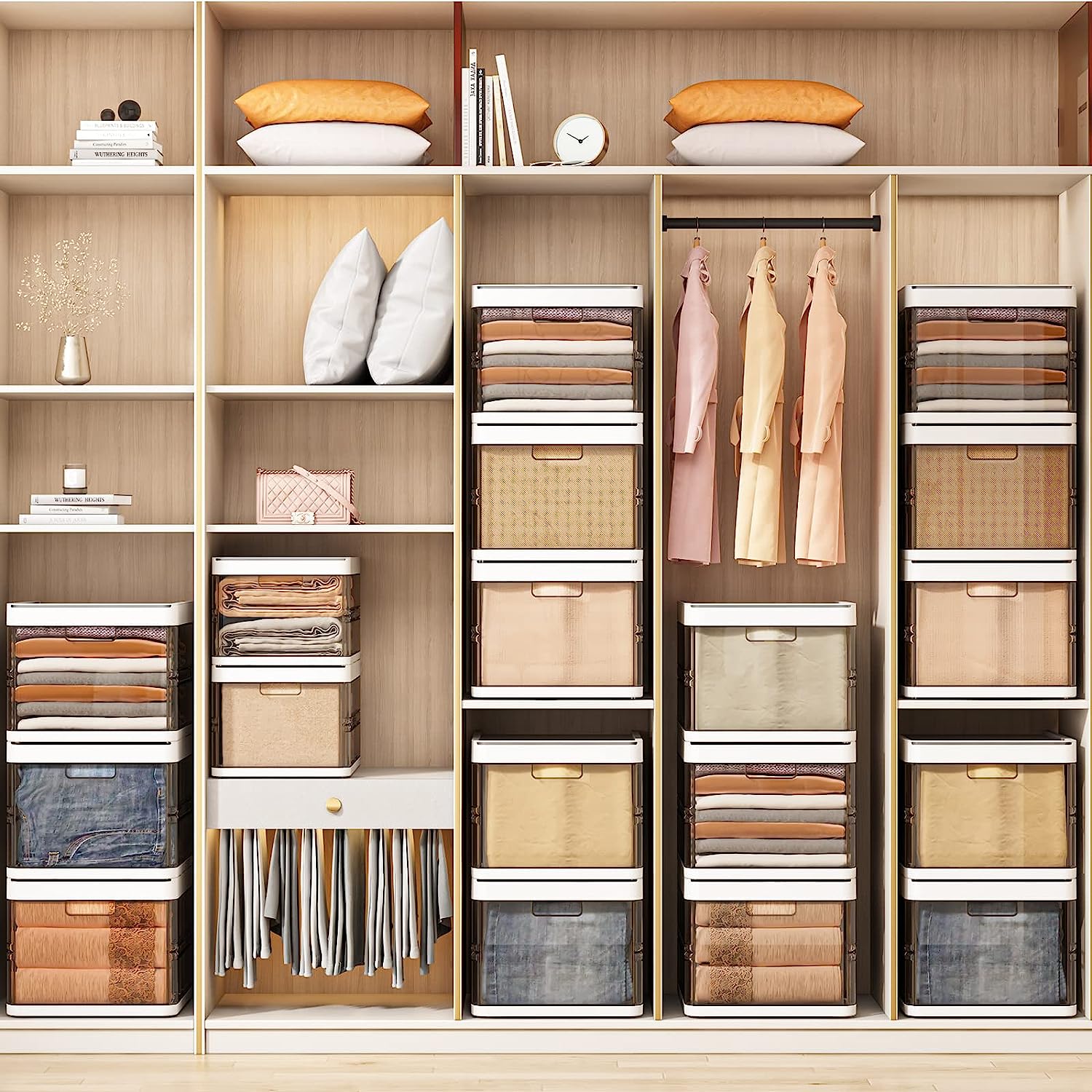
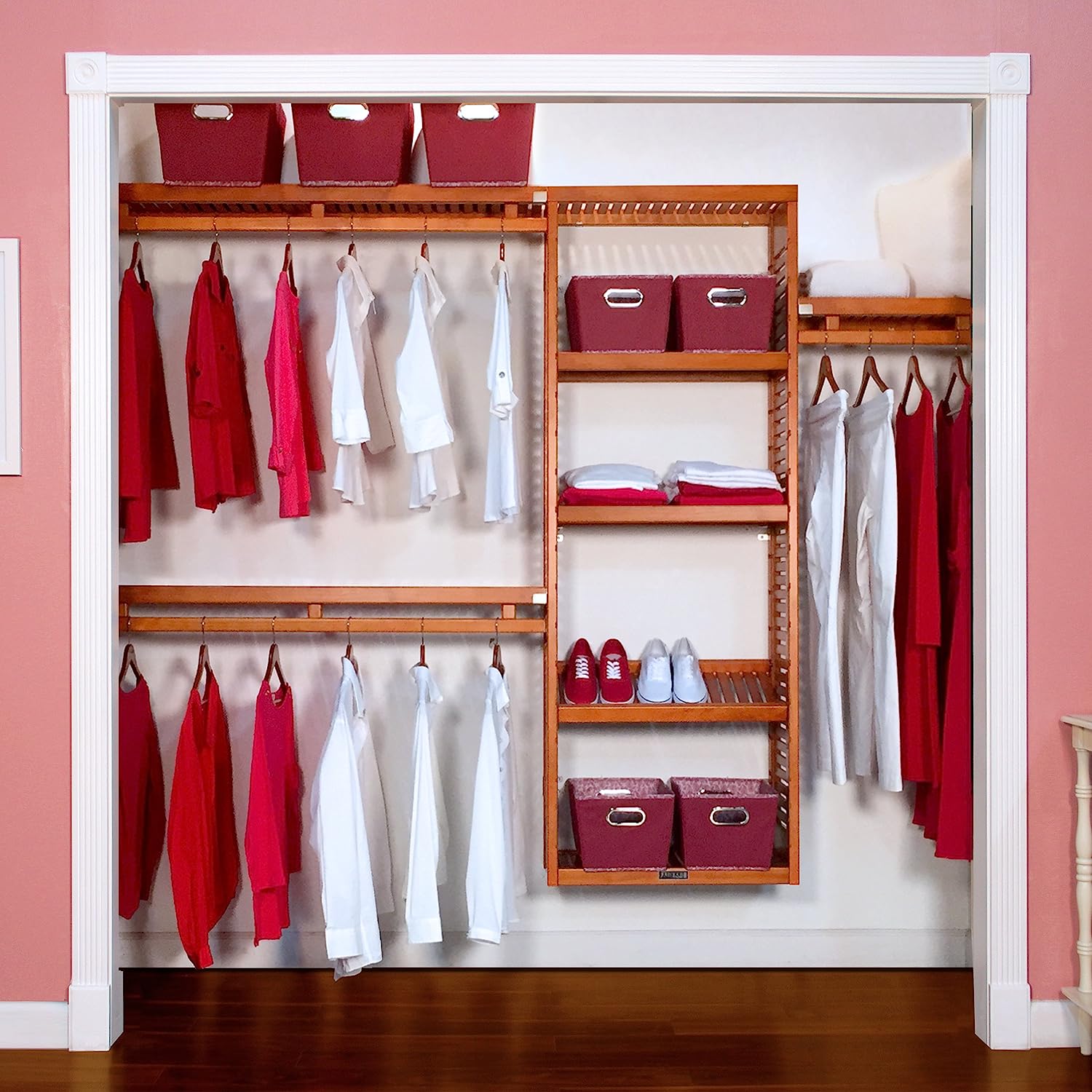

0 thoughts on “How To Organize Clothes Without A Dresser Or Closet”